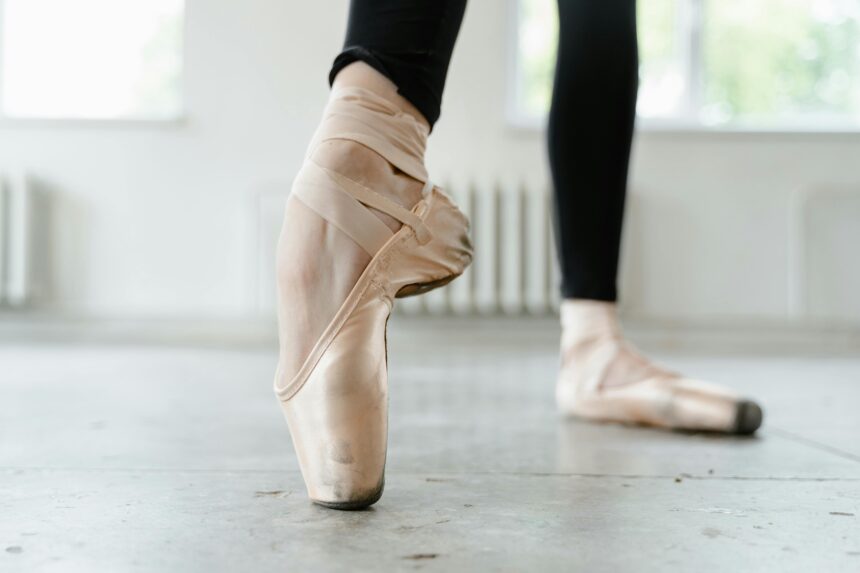How to Prevent Fungal Infections of the Feet (Athlete’s Foot)
Athlete’s foot, medically known as tinea pedis, is a common fungal infection that affects millions of people worldwide. Characterized by itching, burning, and peeling skin, this condition can be both uncomfortable and embarrassing. Fortunately, there are effective strategies to prevent athlete’s foot and maintain healthy feet. This article explores practical tips and insights to help you avoid this pesky infection.
Understanding Athlete’s Foot
Athlete’s foot is caused by dermatophytes, a type of fungus that thrives in warm, moist environments. It is often contracted in communal areas such as swimming pools, locker rooms, and showers. According to the American Academy of Dermatology, approximately 15% of the population will experience athlete’s foot at some point in their lives. Understanding the risk factors and symptoms is crucial for prevention.
Common Symptoms
Recognizing the symptoms of athlete’s foot can help you take action before the infection worsens. Common signs include:
- Itching and burning sensations between the toes
- Red, scaly patches on the feet
- Blisters or sores that may ooze
- Dry, flaky skin on the soles or sides of the feet
Effective Prevention Strategies
Preventing athlete’s foot involves a combination of good hygiene practices and lifestyle choices. Here are some effective strategies to keep your feet fungus-free:
1. Maintain Proper Foot Hygiene
Good hygiene is the first line of defense against fungal infections. Follow these tips:
- Wash your feet daily with soap and water, ensuring to clean between the toes.
- Dry your feet thoroughly, especially between the toes, as moisture promotes fungal growth.
- Use a separate towel for your feet to avoid spreading fungi to other parts of your body.
2. Choose the Right Footwear
Your choice of footwear can significantly impact your risk of developing athlete’s foot. Consider the following:
- Opt for breathable shoes made from materials like leather or canvas that allow air circulation.
- Avoid wearing tight-fitting shoes that trap moisture.
- Rotate your shoes regularly to allow them to dry out completely.
3. Use Antifungal Powder
Applying antifungal powder to your feet can help absorb moisture and prevent fungal growth. Look for products containing:
- Clotrimazole
- Miconazole
- Terbinafine
These powders can be particularly useful if you are prone to sweating or spend time in communal areas.
4. Be Cautious in Public Spaces
Public areas are breeding grounds for fungi. To minimize your risk:
- Wear flip-flops or water shoes in communal showers, pools, and locker rooms.
- Avoid walking barefoot in public spaces.
- Use a towel to sit on benches or surfaces in shared facilities.
5. Keep Your Feet Dry
Moisture is a key factor in the development of athlete’s foot. To keep your feet dry:
- Change socks daily, and opt for moisture-wicking materials.
- Consider using foot powder to absorb excess moisture.
- Avoid wearing damp shoes or socks for extended periods.
Case Studies and Statistics
Research indicates that athlete’s foot is more prevalent among athletes and individuals who frequently use communal facilities. A study published in the Journal of the American Academy of Dermatology found that 70% of athletes reported experiencing athlete’s foot at least once. This statistic underscores the importance of preventive measures, especially for those in high-risk groups.
Conclusion
Athlete’s foot is a common yet preventable fungal infection that can cause significant discomfort. By maintaining proper foot hygiene, choosing the right footwear, using antifungal products, and being cautious in public spaces, you can significantly reduce your risk of developing this condition. Remember, prevention is always better than cure. By implementing these strategies, you can enjoy healthy, fungus-free feet and avoid the discomfort associated with athlete’s foot.
